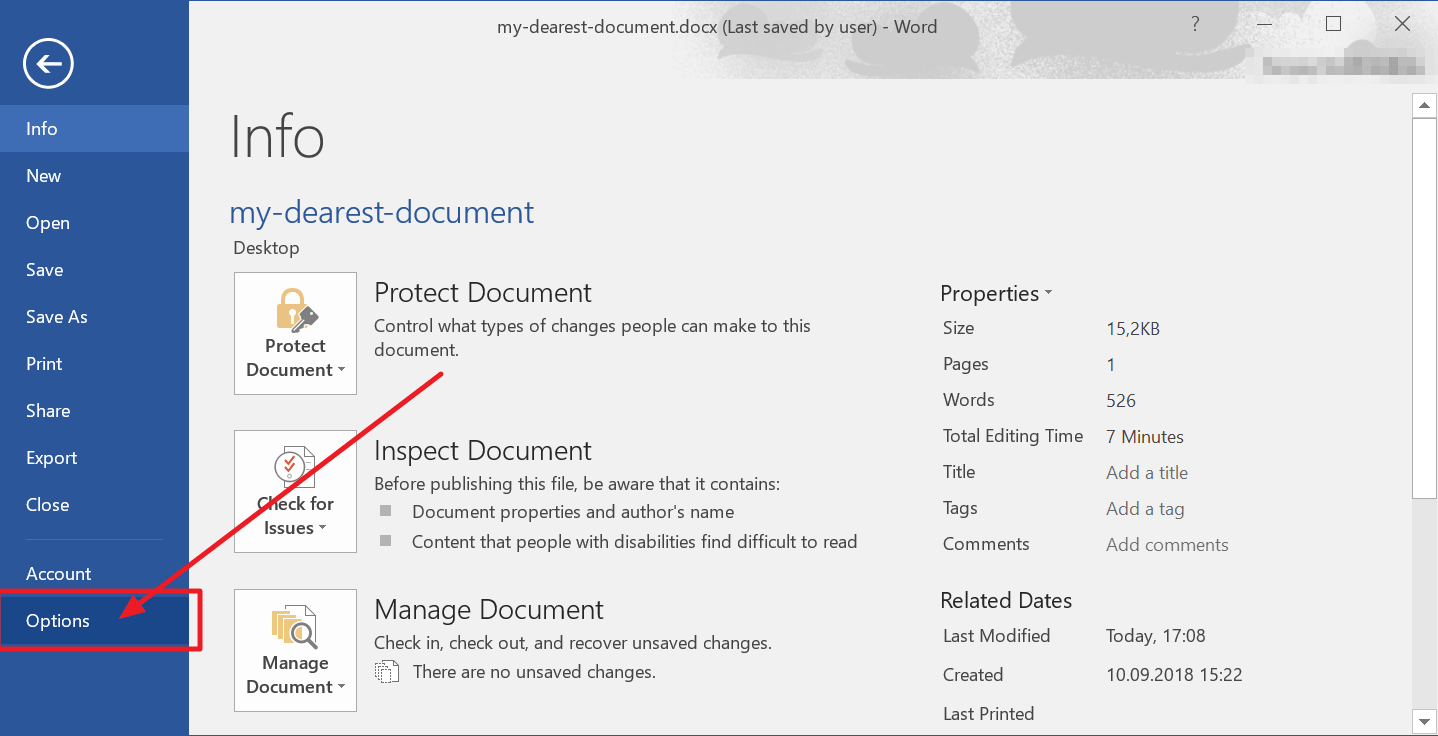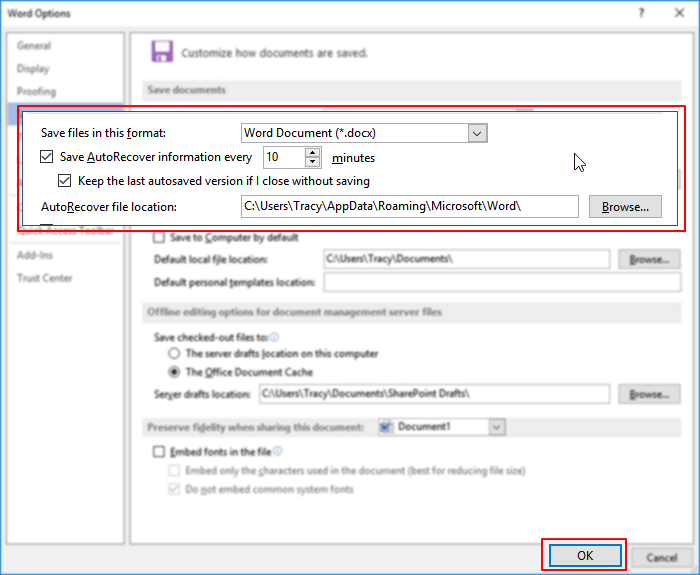

- #Find temp word files windows 10 for free
- #Find temp word files windows 10 how to
- #Find temp word files windows 10 for windows 10
- #Find temp word files windows 10 download
It is worth noting that complete auto recovery files will not have a.

You will find various types of Word files in the aforementioned folders.

In some cases, unsaved files can be found in C:\Users\Your_username\AppData\Local\Microsoft\Office\UnsavedFiles. Most recent versions of the program use a different location. Microsoft Word can save the files in various locations, including C:\Users\Your_username\AppData\Local\Microsoft\Word and C:\Users\Your_username\AppData\Local\Temp. Method 3: Checking the AppData folderĪs we’ve mentioned, the default autosave location for Word is the AppData folder. Once you’ve done this, you will be able to access the Word autosave location without any issues. Remember to reveal the hidden items so you can see the AppData folder. Of course, you can still manually access that folder. You can quickly access the folder by pasting the location in the address bar of File Explorer. It is worth noting that the directory may be hidden in your computer, especially when it is located in the AppData folder. Look for the automatically saved file and double-click it to open it in Word. Once you’ve located the autosave location on your computer, you need to launch Word and navigate to the directory. However, you can always change that to your preferred location by clicking the Browse button. By default, it is set to C:\Users\user\AppData\Roaming\Microsoft\Word\.

Here, you will see the location of the autosave directory. Go to the AutoRecover File Location field.You can also choose your preferred time interval for automatic saving. Make sure that the ‘Save AutoRecover information’ option is selected.Select Options, then click Save on the left-pane menu.You can do that by following the instructions below:
#Find temp word files windows 10 how to
Of course, before you learn how to open Word autosave location on Windows 10, you must know how to activate the feature first.
#Find temp word files windows 10 for windows 10
Or you can scan your PC for performance issues using the My Scanner tab.ĭeveloped for Windows 10 (8, 7, Vista, XP).
#Find temp word files windows 10 for free
#Find temp word files windows 10 download
Download the tiny Auslogics TroubleShooter tool.Thus, it is advised to clean temp files from the PC or laptop from time to time in order to avoid system lags and save storage space for necessary items.īefore mentioning the steps, we will discuss where you can find temp files.You can try using a safe and totally free tool developed by the Auslogics team of experts.Ī few simple steps to troubleshoot the issue: This terribly impacts PC performance and leads to system lag. To improve the system performance – If temporary files are present in the system, each time they would be loaded and processed while the particular application is running.You may use tools to analyze free hard drive space. To increase the disk storage space – Over time temp files can occupy a huge amount of storage space on a hard-drive.Temp files are located in the Windows Temp folder mostly.ĭeleting temporary files is recommended for the following reasons: Temporary files can be identified with the suffix of. When running apps need some space to contain larger amounts of processed data.For making free space for the sake of virtual memory.However, sometimes it doesn’t so happen, and these keep accumulating in the machine and keep utilizing the system resources. These are created for temporary purposes which should ideally be deleted by the process which created it. Windows OS and various other applications of the system create temporary files for various reasons. What are temp files and why you should remove them? Here, we would tell you what temporary files are and how to remove temp files from your Windows 10 system. Hence, the first thing that anybody would recommend you to do is to delete temp files from the system to enhance your system performance. Are you experiencing system slowness or lag? One probable reason affecting your system speed could be the accumulation of temp files.


 0 kommentar(er)
0 kommentar(er)
